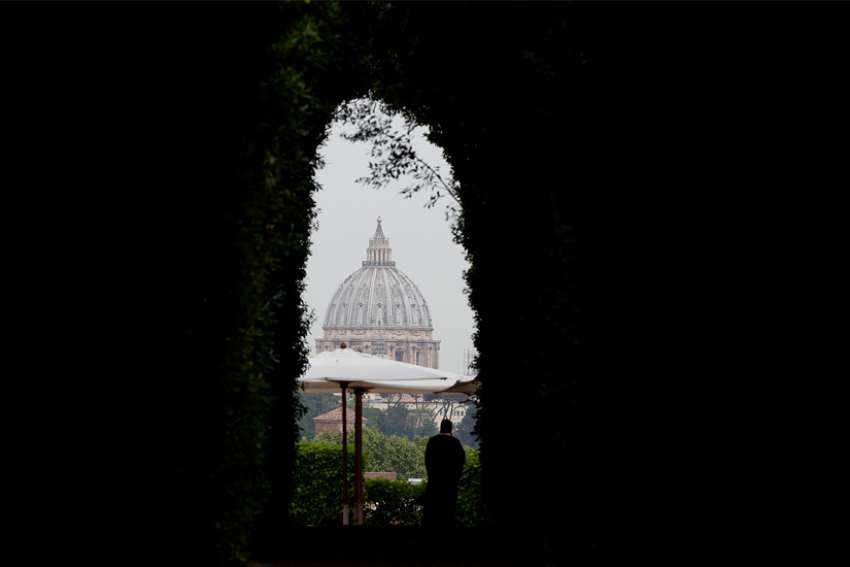Before his annual weeklong Lenten retreat with Roman Curia officials in 2014, Pope Francis talked about the importance of retreats for himself and for all people of faith. “Those who live a retreat in an authentic way experience the attraction and fascination of God and return renewed and transfigured in their daily lives, their ministry and their relationships,” he said.
Pope Pius XI began the practice of annual spiritual exercises at the Vatican, inviting Jesuit priests to lead the Ignatian exercises for himself and the Curia in 1925. Pius XI was a great admirer of St. Ignatius of Loyola, the founder of the Society of Jesus, proclaiming him patron of spiritual exercises in 1922.
In his encyclical on promoting spiritual exercises, Mens nostra, Pius XI officially established the Vatican’s spiritual exercises as an annual practice in 1929.
The spiritual exercises at the Vatican originally took place during the first week of Advent. While Jesuits typically led the annual papal spiritual exercises for 30 years, Pope John XXIII invited other Italian clerics, including a parish priest and a bishop, to lead the meditations for the curia. He also suspended the exercises completely in 1963 due to the meetings of the Second Vatican Council.
Pope St. Paul VI moved the annual meditations from Advent to Lent and was the first to select non-Italians to preach the spiritual exercises. He notably invited a young cardinal from Poland to lead the Lenten retreat: Cardinal Karol Wojtyła, who preached in 1976 on “Christ, a sign of contradiction” two years before he was elected pope.
Pope St. John Paul II invited Cardinal Joseph Ratzinger, the future Pope Benedict XVI, to preach the spiritual exercises in 1983 and in 2000 Msgr. François-Xavier van Thuân preached the year before he was made a cardinal.
Benedict XVI invited cardinals from Africa to preach the spiritual exercises, among them Cardinal Francis Arinze and Cardinal Laurent Monsengwo Pasinya.
Pope Francis was the first to move the spiritual exercises from the Vatican to a retreat house outside of Rome. For the past seven years, the retreat has taken place in a retreat house in the town of Ariccia in the Alban Hills southeast of Rome, although the Pope was unable to participate in 2020 due to a cold.
According to the Pauline priest who runs the Casa Divin Maestro retreat centre, where the papal retreat has taken place since 2014, a typical day during the retreat begins with Mass. After breakfast, the bishops and cardinals listen to the first meditation in the chapel.
The second meditation is heard after lunch. Other time is devoted to prayer. The retreat house also offers Internet access, so dicastery heads who wish to do some work during the week may do so.
This year, for the first time since the Second Vatican Council, the annual retreat did not take place as a time of communal prayer due to the COVID-19 pandemic.
Instead, the Pope asked the members of the Roman Curia to make their own arrangements for a private Lenten retreat in February. All papal events, including the Wednesday general audience, were cancelled for the week.
Pope Francis gave each member of the Roman Curia a book to include in their spiritual reading. The book was written by an unnamed Cistercian monk in the 17th century and is entitled Abbi a cuore il Signore, which means “Keep the Lord in your Heart.” It was originally written to aid monks in the Italian monastery of San Bartolo.
In the text, the “Master of San Bartolo” wrote: “God will meet you where your humanity has descended all the steps of weakness and you will have reached the awareness of your limitation. If you yourself do not choose the path of abasement, life will take you where you would not want because, as the Lord teaches, only those who live their weakness with humility will be exalted.”


